I have been interested in Aeroplanes and Aviation since I was a lad.
In the late 1940’s and 1950’s there was so little information available to the enthusiast that the aircraft of the time took on a mystery and allure that modern aircraft where with a click of a button we know everything do not have.
Sixty years later even if they are a little bit battered and look a bit forlorn they still have an attraction for me.
Maybe they do for you also?
‘NAM’ has a small selection of Gloster Meteors, the old ‘Meatbox’ the oldest of which is
VZ 634 ‘Royal Air Force’ Gloster Meteor T7
on ‘Dennis Basford’s railsroadsrunways.blogspot.co.uk’
The trainer variant was developed from the F4 and this one dates from 1949.
It has been at ‘NAM’ since 1967.
WS 692 ‘Royal Air Force’ Gloster Meteor NF12 (7605M)
on ‘Dennis Basford’s railsroadsrunways.blogspot.co.uk’
One of 100 built by Armstrong Whitworth from 1953 with the American AN/APS radar.
To ‘NAM’ 1981.
WS 739 ‘Royal Air Force’ Gloster Meteor NF(T)14 (7961M)
on ‘Dennis Basford’s railsroadsrunways.blogspot.co.uk’
Dating from 1954, the NF(T)14 was built by Armstrong Whitworth and was the last of the radar equipped night fighter variants which had only short service lives before being replaced by the Gloster Javelin.
Easlly distinguished from earlier models by the ‘bubble’ canopy instead of the framed type. See WS 692.
VZ 608 ‘Royal Air Force’ Gloster Meteor FR9
on ‘Dennis Basford’s railsroadsrunways.blogspot.co.uk
Built as a PR9, it was never delivered being retained by Gloster’s for test purposes.
It later went to Rolls-Royce where it was fitted with an experimental lift engine the RB 108 which was intended to power the Short SC1.
The new engine was installed to the rear of the cockpit hence the air duct located behind the canopy.
Struck off charge in 1967.
To ‘NAM’ 1970.
WH791 ‘Royal Air Force’ English Electric Canberra PR7
on ‘Dennis Basford’s railsroadsrunways.blogspot.co.uk
The serial on the nosewheel door identifies the aircraft as WH792.
The published list of RAF serial numbers shows that WH792 was scrapped at RAF Laarbruch in Germany in 1979.
The same source gives the serial number of the aircraft at Newark as WH791 which is displayed as WH792.
To NAM 29/11/98.
WV787 ‘Royal Air Force’ English Electric Canberra B2 (Mod)
on ‘Dennis Basford’s railsroadsrunways.blogspot.co.uk’
Always employed as a trials aircraft including engine work on the Armstrong Siddeley Sapphire used in the Gloster Javelin.
With Ferranti on radar trials being fitted with the nose of a Blackburn (as it was then) Buccaneer.
Being rebuilt as a B(I)8 with its current fighter type cockpit canopy and as a water tanker for use in de icing trials on other aircraft including the BA Jaguar.
Eventually allocated the maintainence serial of 8799M and withdrawn in 1984
To NAM in 1985.
WH904 ‘Royal Air Force’ English Electric Canberra T19
on ‘Dennis Basford’s railsroadsrunways.blogspot.co.uk’
Built in 1954 as a B.2 and issued to 207 Squadron at Marham eventually passing to 35 Squadon also at Marham.
Converted to a T.11 with A.I. radar in the nose to train Gloster Javelin radar operators.
Eventually moving to 85 Squadron via the Target Facilities Squadron at West Raynham.
Re-designated as a T.19 and moving to 7 Squadron at St. Mawgan before being sold to the ‘British Aircraft Corporation’ who had intended selling it overseas.
This fell through and after some time in store came to NAM in 1985.
XD593 ‘Royal Air Force’ De Havilland Vampire T.11
on ‘Dennis Basford’s railsroadsrunways.blogspot.co.uk’
WW217 ‘Royal Air Force’ De Havilland Sea Venom FAW 21
on ‘Dennis Basford’s railsroadsrunways.blogspot.co.uk’
Built in 1955 at Chester. Converted to FAW 22 at the Royal Naval Air Yard Belfast in 1959.
Struck off charge wth 1209.00 hours flying time on the clock
To NAM December 1983.
The aircraft is displayed with the wings folded.
WX905 ‘Royal Air Force’ De Havilland Venom NF3
on ‘Dennis Basford’s railsroadsrunways.blogspot.co.uk’
Built 1955 and delivered on the 1st. of October of that year.
It operated with 23 Squadron at Coltishall moving to to Horsham St. Faith.
Withdran in 1957 for storage at Henlow
One of only 3 NF3 in preservation.
To NAM 1989.

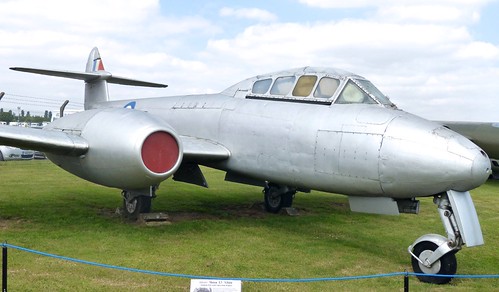
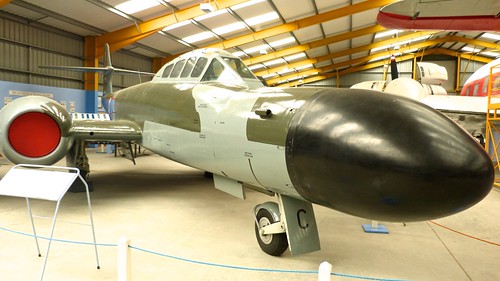
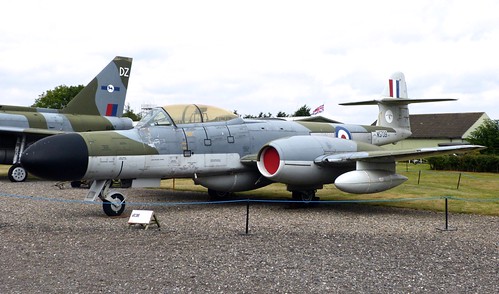
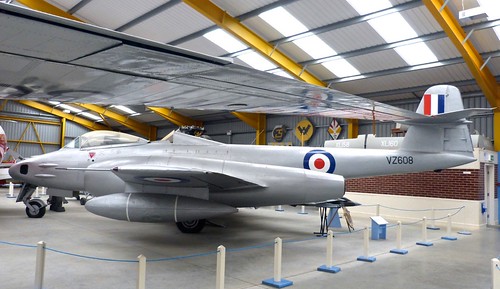
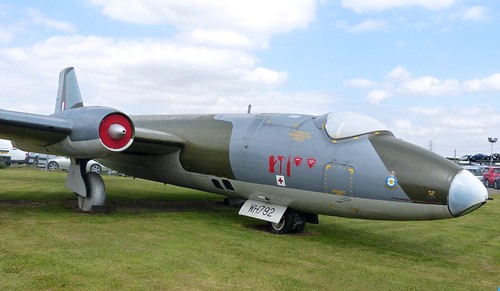
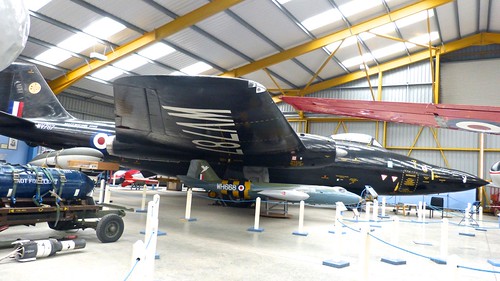
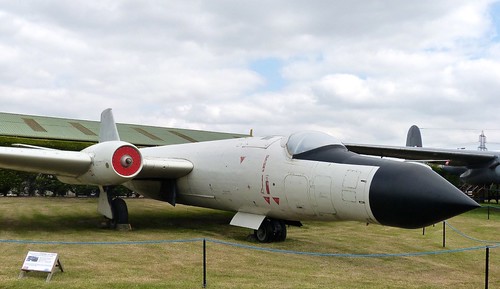
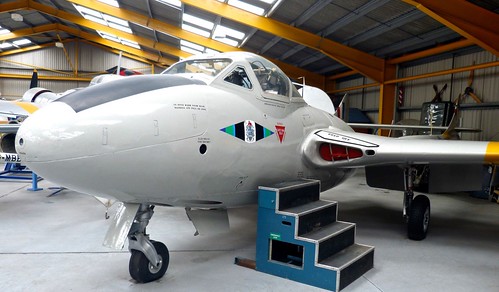
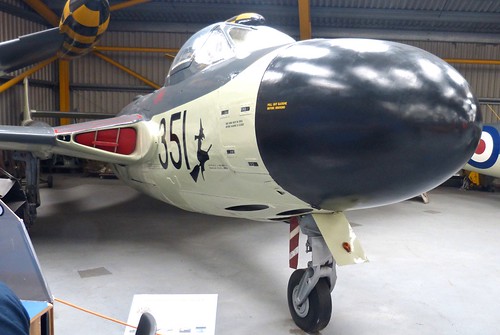
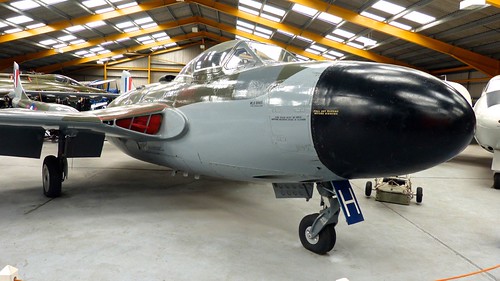
No comments:
Post a Comment